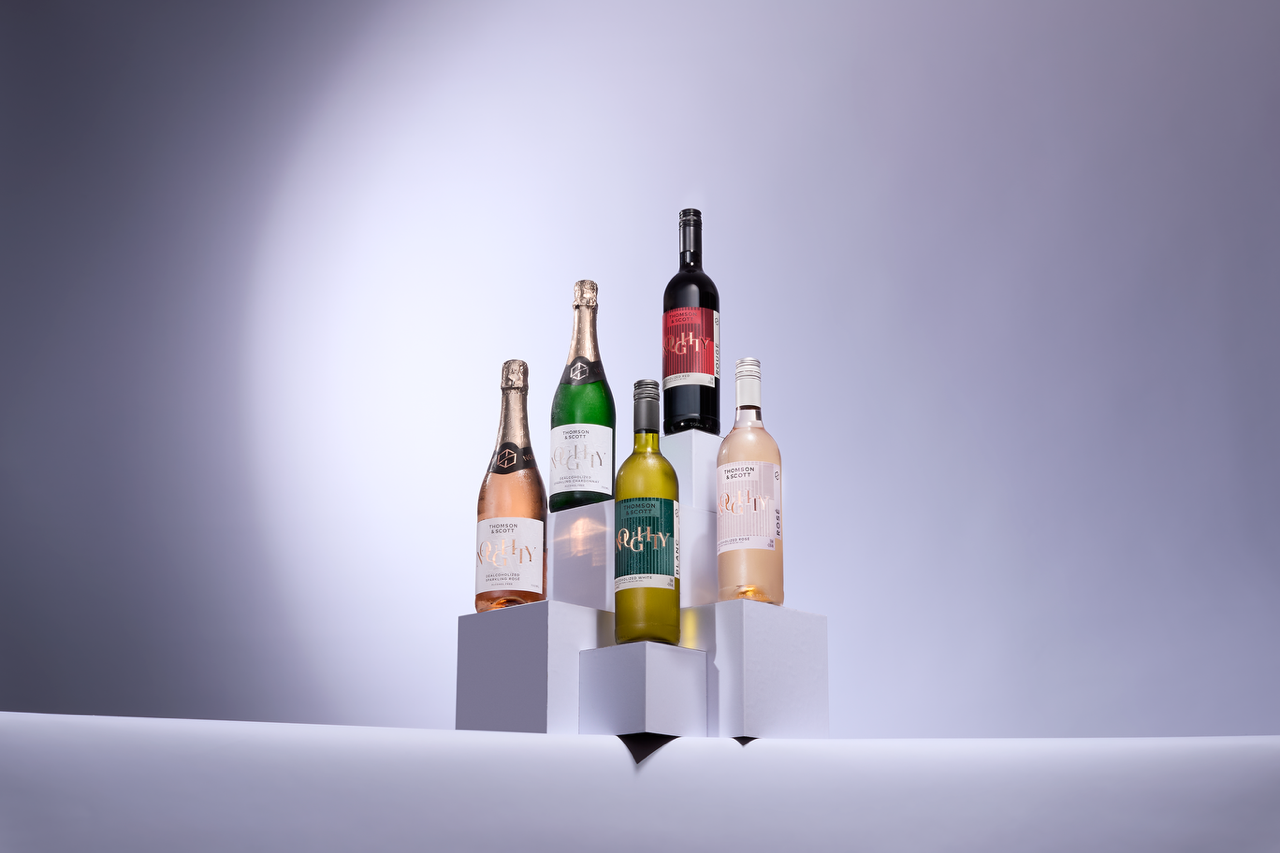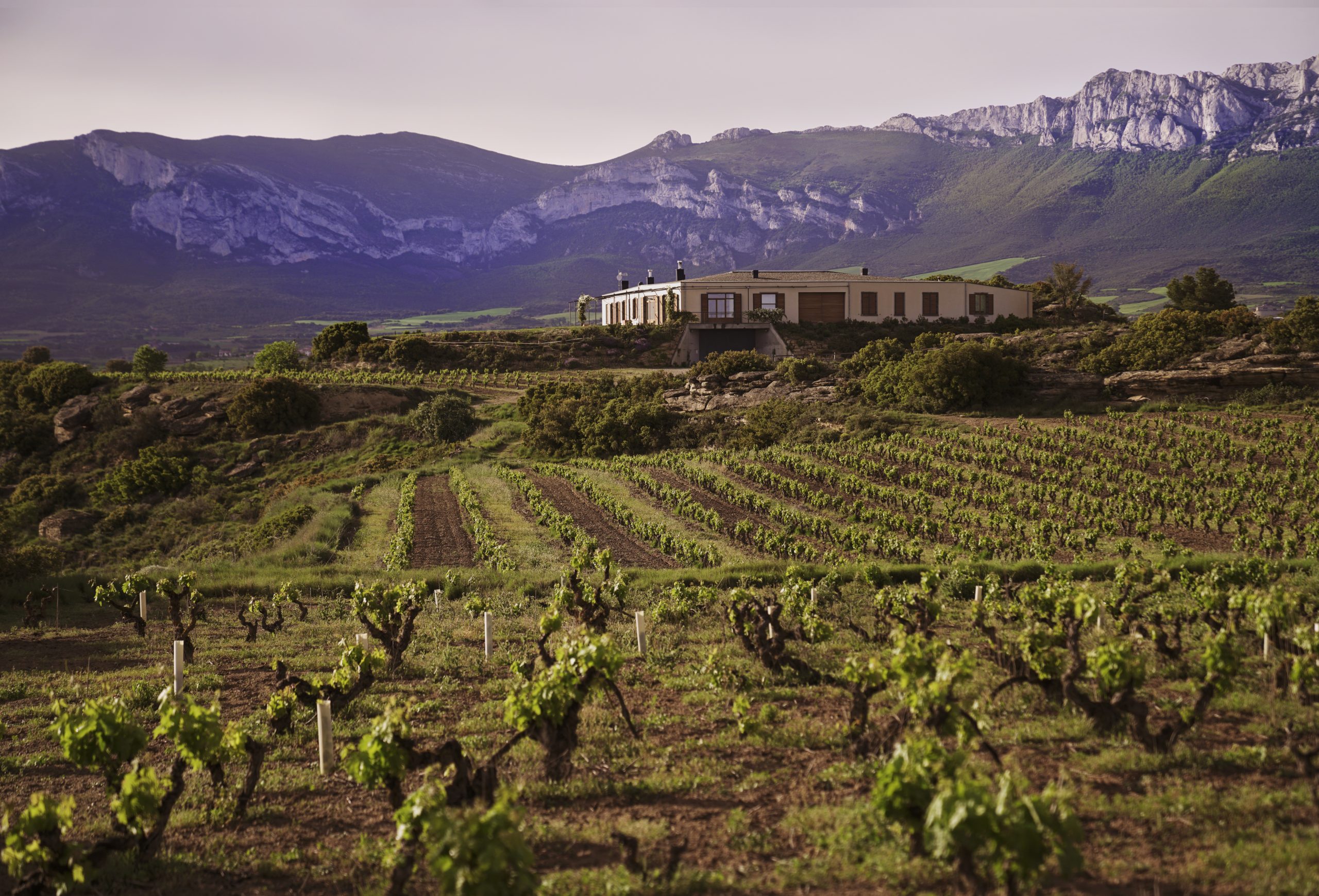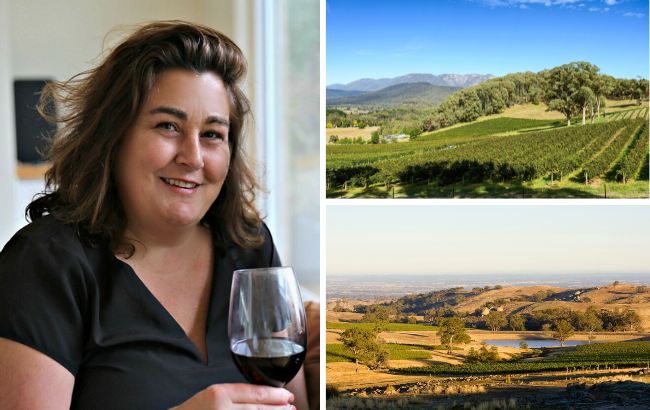This website uses cookies so that we can provide you with the best user experience possible. Cookie information is stored in your browser and performs functions such as recognising you when you return to our website and helping our team to understand which sections of the website you find most interesting and useful.
RETAIL – VINTAGE HOUSE: Soho survivor
By db staff writerThe poll tax riots, Red Ken’s congestion charge, even (whisper it) new supermarkets – Vintage House in Soho has withstood them all. Owner, Malcolm Mullin, talks whisky, wine and the West End with Alice Lascelles
If you were looking for a rock ‘n’ roll career, wine and spirits merchant probably wouldn’t be at the top of your list. But after a morning in the company of Malcolm Mullin, owner of Vintage House in London’s Soho, you might begin to wonder.
“I’ve been shot at, had bottles smashed over my head, the lot,†says 53-year-old Mullin, who has also, among other things, sold cigars to Angelina Jolie, red wine to The Beatles, mixed with legendary London gangsters and had a front-row seat in everything from the poll tax riots to the annual Gay Pride celebrations. “I tell you, until you’ve seen a six-foot nun built like a wrestler walking down the street, you ain’t seen nothing,†laughs Mullin, who has been in charge of the family business since 1973.
But Vintage House’s twinkly manager hadn’t planned it that way: “I thought I was going to go into the air force like my father, as I’d done a degree in aeronautical engineering. However we tried employing a number of managers from outside to run the business and it quickly became clear it wasn’t working, so I stepped in.â€
In those days, Vintage House stocked a mere 15 whiskies; it now stocks over 1,300 – allegedly the largest malts selection in the world – as well as a formidable array of Armagnacs, Champagne, Bordeaux wines and cigars. It’s a long way from the shop’s humble beginnings in World War II, when it was a run-of-the-mill offy allegedly selling hooch to US soldiers under the counter.
“When we started to expand our whisky selection, we said we’d stop at 365 so you had a whisky for every day of the year,†says Mullin. “But we ended up getting carried away.†Before long, Mullin had even started doing his own single-cask finishes, using barrels from Vintage House’s wine suppliers. “You should see some of the barrels we get. They are stunning, like works of art!â€
But despite the fact that he’s sitting on a near-priceless drinks collection today, Mullin is remarkably unstuffy on the subject. “None of our staff come from a specialist background – I think my colleague Michael used to work in a shoe shop – but they pick it up as they go along. But sometimes we’ll get customers coming in who know absolutely everything there is to know about a particular distillery, right down to the shoe-size of every master distiller who’s been there. At that point you just have to sit back in awe, enjoy it and have a chat.â€
Pilgrim trail
Mullin’s modesty is all very well, but the truth is that customers come from all over the world to pay homage to Vintage House. A quick flick through the visitors’ book reveals entries from Sweden, the US, Brazil, Poland, Finland, Hong Kong, Argentina, Australia and Peru.
“Our overseas trade has certainly been helped by our websites, but we still do 98% of our business in our shop,†says Mullin, who keeps around 150 whiskies open at any one time for customers to sample. “When people come in we really try to get as much information out of them as possible about what they like, and make them feel as comfortable as possible. What you mustn’t do is make assumptions about people – that’s fatal. Quite often you’ll get a fairly scruffy individual who will come in and end up buying a really fabulous bottle of wine.â€
For the record, the most expensive thing ever bought was an £11,000 bottle of 1937 Glenfiddich, sold to a customer last year. Other highlights still in stock include Armagnacs dating back to 1888 and at least 11 vintages of Mouton Rothschild.
“The good thing about the Mouton Rothschild wines is they will always sell, even the less good years, as people collect them for the labels as much as the wine,†says Mullin, pointing out a bottle of 1993, notorious for the naked lady gracing its label, which caused it to be banned in the US.
Sticking to the top-end is key to surviving the onslaught of the multiple retailers, says Mullin. “The multiple retailers are a problem when it comes to the standard 10-year-old whiskies, it’s true. Sometimes they can sell them cheaper than we can actually buy them direct in the first place. But, to be honest, if people are going to struggle into the West End to visit us then they’re not looking for that sort of thing anyway.â€
Partner Content
Nonetheless, Mullin believes the arrival of the supermarkets is one of a number of factors currently eroding the Soho of old. “When I started in Soho you knew everyone. Then the supermarkets came along and finished most of them off. Also Red Ken [London Mayor Ken Livingstone] and his congestion charging and the terrible transport and the ridiculous parking restrictions – I now contest every parking ticket I get. And the rent goes up and up, which means finding the storage is not easy.â€
Rum development
Despite being stocked to the rafters – “We’ve completely run out of space, it’s a nightmare!†says Mullin – Vintage House is now also investing in rum, with a list of over 130 names and a dedicated website, www.rumworld.co.uk. It’s also bumping up the number of super-premium vodkas on offer.
But Mullin admits it remains a precarious business at the best of times. Doesn’t he ever long to pack it in and get a little shop in a nice quiet suburb somewhere? “Quite frequently, at the end of a Friday night!†he laughs. “But actually I think I’m the kind of person who, if I did give it all up tomorrow and found myself sitting in a chair, well, I’d probably pass away in six months.â€
Malcolm Mullin on:
Responsible drinking
“The government doesn’t know what the hell it’s doing, quite frankly. It might surprise some people to hear me say that I don’t think increasing the opening hours was a good thing. I can’t see how it has helped, especially with the younger generations.â€The trade
“A lot of the people in the bigger companies don’t have time to really build up product knowledge – they do this for a couple of years and then want to move on. Also, these days all the distillers are expected to be brand ambassadors and spend all their time on the road and not enough time distilling.â€Whisky trends
“We are selling more single-cask and cask-strength whiskies, which is something we encourage. It’s better value and it’s our speciality. It’s a better example of a product. We’re seeing a move away from all the wood finishes and more interest in peatier whiskies, and things with something different. There have been too many new finishes coming out over the last few years, and a lot of them are a bit gimmicky. Some have barely seen the barrel before they go into bottle.â€Customers old and new
“Everyone here has seen the dark side of it, watching people degenerating over time, but it is much, much less of a problem than when I started. In those days, every morning, the first hour was spent with the shop full of the same people choosing what they were going
to take to work; bottles, miniatures, whatever. But people don’t do that any more. They have to work so hard they just can’t afford to.â€The West End
“We’re very vulnerable. You just need one terrorist event to shut down The West End and you’ve got a major problem. When the Admiral Duncan bombing happened – in which we lost a lot of our regular customers – the whole road was shut down for a week.â€
db © December 2006





